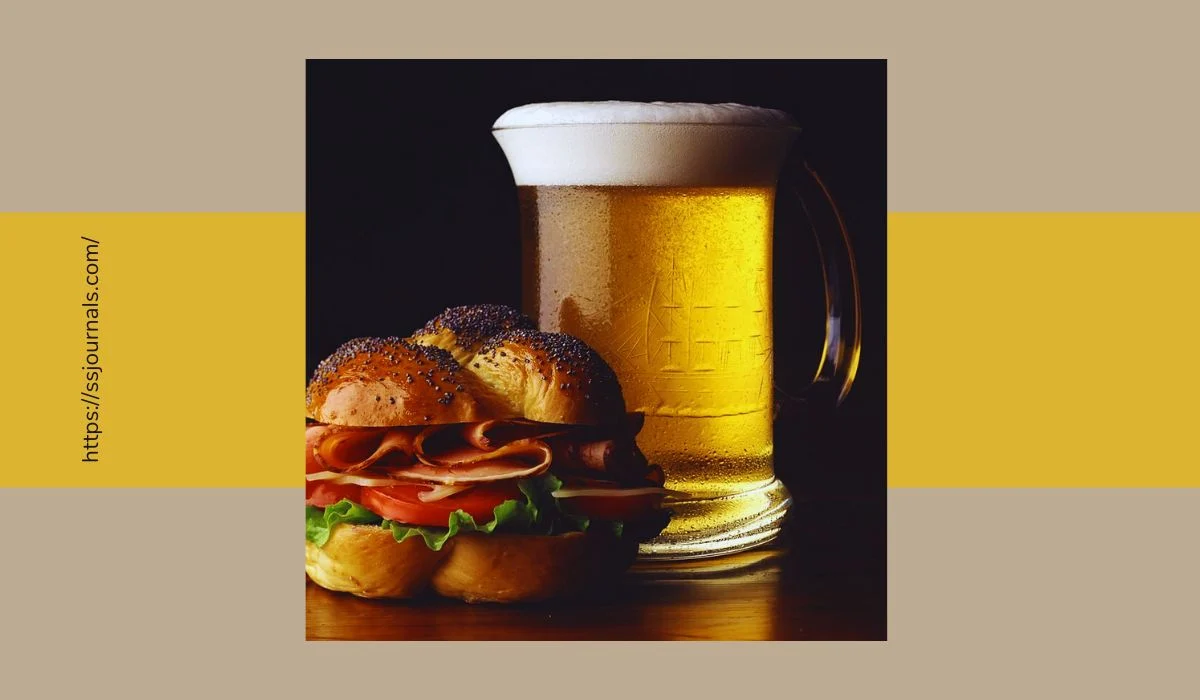In the family of proteins, Gluten is very common as it is found in all grains including wheat, barley, spelt, and rye. Amongst all ingredients wheat has a higher proportion of Gluten.
In recent times the question of whether Gluten is safe to consume or not has arisen and the market has started producing several food and other dietary ingredients that are Gluten free in nature as it has been found Gluten is not safe for consumption for all individuals, especially people who are having celiac disease.
Amount Of Gluten In Beer And Bread
The amount of Gluten present in beer and bread varies on the basis of the kind and brand of both substances. Beers are predominantly made of barley, wheat, or a combination of both, and both of these ingredients are an excellent source of Gluten.

On the other hand, bread is predominantly made of wheat flour, rich in Gluten. The Celiac Disease Foundation has stated that beer contains Gluten between a proportion of 20-100 parts per million (PPM) while the amount of Gluten in bread is 300 to 600 PPM generally.
Alternative Substances Used For Reducing Gluten
When the proportion of Gluten is less than 20 PPM, they are advertised as Gluten free generally. Today beers are produced using Gluten alternatives like sorghum, rice, or millet, and bread is made using rice, almond, or maize flour without the inclusion of wheat so as to be Gluten free.
Since many people are allergic to Gluten it has become the need of the day to manufacture ingredients Gluten free so as to meet the needs of every individual.
Bread and beer, being the most commonly used household item, requires formulation Gluten free so that every individual can consume it without worrying about any allergic reaction.
Today safe care is taken in brewing beer without Gluten-containing grains. The presence of Gluten in beer varies according to the type of beer and its brewing process.
Since wheat is an excellent source of Gluten today beers are brewed using alternate sources of grain including rice, corn, buckwheat, millet, and so on.
How Is The Amount Of Gluten Measured?
The National Library of Medicine has conducted a Gluten assessment in beer and has taken a sample of 65 conventional and 41 Gluten-free labeled beers for their assessment and determined the Gluten percentage in commercial beer.
Beer is one of the most frequently consumed beverages worldwide and is made of Gluten-containing cereals and to identify the Gluten content in commercial beer, several techniques like Enzyme-Linked Immunosorbent Assays, and NIR Spectroscopy analysis, have been used to determine the Gluten content in the sample of beer.
The R5 ELISA TEST is the commonly used method to measure the presence of Gluten in a food sample. Other commonly used techniques that help in the determination of Gluten in bread or beer include HPLC, also known as High-Performance Liquid Chromatography, and PCR, also known as Polymerase chain reaction.
These techniques isolate the Gluten proteins from the other proteins in a sample of food and are capable of identifying even the lowest concentration of Gluten.
Although a range of gluten-free bread and beer is available in the market today the labels have to be carefully analyzed since the materials and brewing process varies to get the accurate level of Gluten content.
The National regulations for Gluten-free labels also vary on the basis of different measures and hence it is important to analyze the label carefully before consumption, even if a product is advertised as Gluten free.
Conclusion
The taste of a Gluten included bread and beer varies vastly from Gluten free bread and beer. Gluten-inclusive wheat bread is elastic in nature and has a distinct chewiness as compared to Gluten free bread which is thicker and crumblier and lacks elasticity and chewiness.
If you are a fan of Gluten free bread or beer and prefer Gluten free food as compared to Gluten included food, then it is important for you to read and understand the labels of different food particles before consuming them.
Although the Gluten content in bread and beer varies according to the type of grain used and the brewing process.
The general thumb rule is that a beer contains 20-100 parts per million of Gluten whereas bread contains 300-600 parts per million of Gluten and any Gluten content that is less than 20 parts per million is Gluten free in nature.

